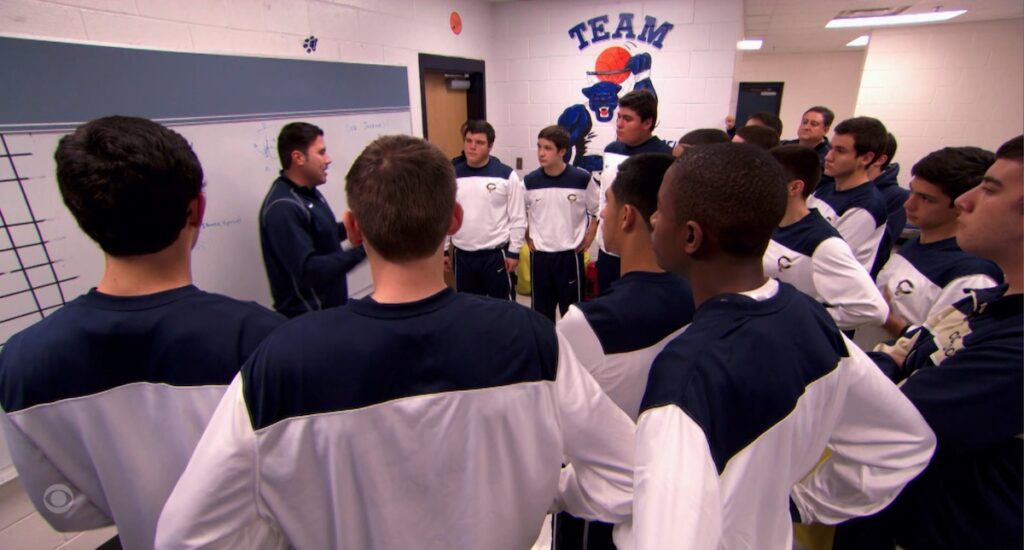

Create positive relationships and meaningful connections with family members, classmates, and teachers.
Assess and be sensitive to the feelings and needs of others.
Exhibit a growth mindset and willingness to learn from mistakes.
Fully engaged in the educational process and connected to the school community.







Play Trashketball to give all students a chance to show good sportsmanship.

K-5
6-12

Educators: Copy the Family Connection and email it to parents, or click here to download a PDF version to email or print.
Watch
Watch the video as a family: https://youtu.be/uo5phvYNKqo
Discuss
Use these questions to start meaningful conversations about sportsmanship.
Activity
As a family, play a game called HORSE.
How to play:
How to score:
How to cheer:
Optional Rules:
After the game, talk about how your family demonstrated good sportsmanship.
If you don’t have a basketball hoop near you, you can play in the house with a trashcan and some wadded paper balls.